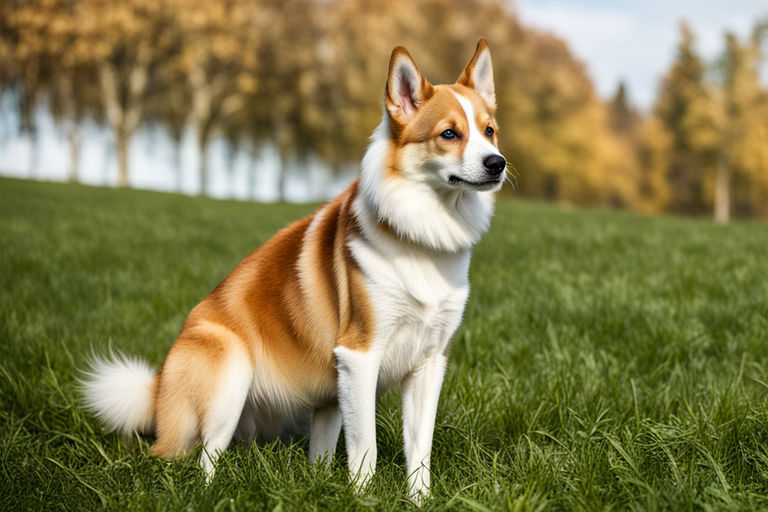The Norwegian Lundehund: A Comprehensive Guide
The Norwegian Lundehund, often called the Norwegian Puffin Dog, is a breed unlike any other. Known for its unique physical characteristics and fascinating history, this rare breed has captured the hearts of dog enthusiasts worldwide. In this guide, we’ll explore everything about the Norwegian Lundehund, from its origins to its care requirements.
History and origin
The Norwegian Lundehund has a rich history that dates back to the remote islands of Norway. The breed was originally developed to hunt puffins and their eggs along the steep cliffs and rocky shores of Norway. This task required a dog with exceptional agility, flexibility, and climbing ability. The Lundehund’s unique physical traits, such as extra toes and flexible joints, made it perfectly suited for this challenging environment.
Nicknames

- Norwegian Puffin Dog: This nickname comes from the breed’s historical use in hunting puffins.
- Lundehund: Derived from the Norwegian words “Lunde” (puffin) and “Hund” (dog).
Characteristics
The Norwegian Lundehund is a small, agile dog with several distinctive features that set it apart from other breeds:
- Polydactylism: The Lundehund has six toes on each foot, which provide extra stability on rocky terrain.
- Flexible Joints: This breed can bend its head backwards along its spine and spread its front legs to the side, aiding in its agility and climbing ability.
- Erect Ears: The ears can fold closed to protect against dirt and moisture.
- Double-Jointed Neck: Allows the dog to turn its head at an unusual angle.
Dimensions and Weight
- Height: 12-15 inches (30-38 cm) at the shoulder.
- Weight: 13-20 pounds (6-9 kg).
Coat and Colors

The Norwegian Lundehund has a double coat, with a soft undercoat and a rough outer coat. The colors typically range from reddish-brown to fawn, often with white markings and sometimes black-tipped hairs.
Main Diseases and Health Concerns
The breed is prone to certain health issues, most notably:
- Lundehund Syndrome: A digestive disorder that can cause gastrointestinal issues and malabsorption.
- Allergies: The breed may be susceptible to skin allergies.
- Joint Problems: Due to their unique joints, they might face issues as they age.
Care and Breeding
Caring for a Norwegian Lundehund requires attention to their specific needs:
- Diet: A high-quality, balanced diet is essential. Special attention should be given to prevent and manage Lundehund Syndrome.
- Exercise: Regular exercise is necessary to keep them physically and mentally stimulated. They enjoy climbing and exploring.
- Grooming: Regular brushing helps manage shedding and keeps their coat healthy. Their ears should be checked and cleaned regularly to prevent infections.
- Veterinary Care: Regular check-ups are crucial to monitor for any signs of Lundehund Syndrome or other health issues.
Conclusion
The Norwegian Lundehund, or Norwegian Puffin Dog, is a rare and extraordinary breed with a unique set of characteristics and a rich history. From their polydactyl paws to their flexible joints, these dogs are perfectly adapted to their original role as puffin hunters. While they do have specific health and care needs, the dedication to maintaining their well-being is rewarded with a loyal and fascinating companion.
For those interested in an active, agile, and historically significant breed, the Norwegian Lundehund offers an intriguing option. With the right care and attention, these dogs can thrive and continue to capture the hearts of those who appreciate their unique attributes.
FAQs
See the WebStory “Unique Small Dog Breeds You’ve Never Heard Of” where we also talk about the Norwegian Lundehund. Click on the link below.
All images in this post were created using AI in Playground AI and Leonardo AI. See more beautiful images of pets at AI Pawsome Art. See more posts on our Blog.